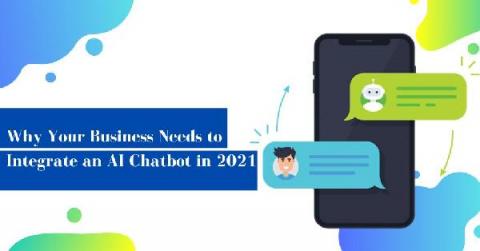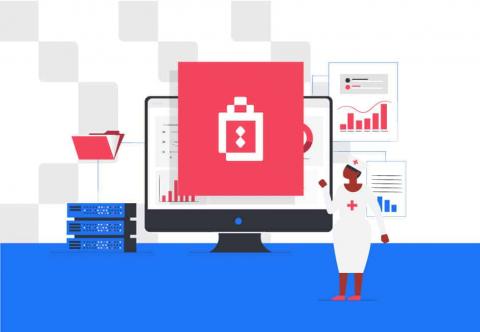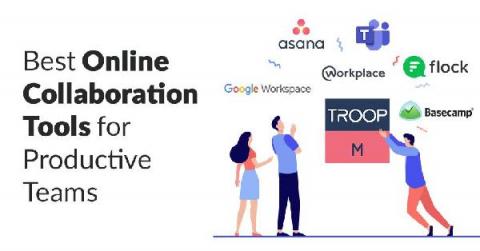Teams | Collaboration | Customer Service | Project Management
Blog
5 ways IT leaders empower teams to do their best work
Are the people in your organization equipped with the tools they need to get their work done efficiently, effectively, with minimal roadblocks, and maybe—just maybe—have fun while doing so? This is not a distant reality. 2021 will be the year for IT professionals to step up and play a major role in driving organizational success by helping employees thrive despite the challenges presented by distributed work.
Why Your Business Needs to Integrate an AI Chatbot in 2021
Chatbots sit in an interesting space in the digital world. On the one hand, they clearly offer potential. The ability to answer queries and take the menial workload off means more work-hours saved. And yet, there are considerable hurdles to implement them. Firstly, AI-powered chatbots are hardly perfect. How many times have we had a hilarious encounter with a chatbot which keeps giving us answers we never asked? Often, the very utility of conversational AI-powered chatbots is questionable.
Top 16 Online Gantt Chart Software for 2021
The Gantt chart can be a pivotal instrument to ensure your project’s success… when used correctly. That’s why it’s imperative to choose the right tool for your business – so you don’t end up with just another expensive and unused tool in your toolkit. But with so many different solutions on the market, choosing the best one can get overwhelming quickly.
The 2021 Guide to Increasing Work Efficiency (Tips, Benefits, Tools)
Wondering how to increase work efficiency? If you’re noticing delays in meeting deadlines, failure to reach targets, and reduced creativity, there might be a problem. All these aspects point to one thing — workplace inefficiency. It’s time to re-evaluate your team’s efficiency. You’ll have to figure out the root cause of inefficiency and look for foolproof ways to eliminate it.
Understanding B2B Buyer Personas: 3 Common Mistakes You're Probably Making
Marketing to your chosen demographic is important, particularly for a growing business; choose the right target market and effectively market your product to those individuals, you’re on the path to success. It’s an essential component of the company business plan, but what is a B2B Buyer Persona, and why is it an important component of your company? What effects can misrepresenting Buyer Identity have on your business?
Breaking down HIPAA compliance: how to choose a HIPAA compliant chat platform
Thanks to big data and the acceleration caused by the pandemic, communication in healthcare now demands extra attention. In order to stay relevant and improve the quality of patient care, more and more companies are following HIPAA guidelines. Ensuring that practitioners and patients are having their data protected is the first step to a brighter (and safer) future.
7 Best Online Collaboration Tools for Productive Teams
If you’ve handled a group project or managed a team, you already know how important it is to communicate with your team members. If you want to streamline communication and collaboration at your workplace, you must onboard your teams on the best work collaboration apps But, what are those apps that can help you break silos and improve productivity at the same time? Known as a feature rich office chat app, Troop Messenger is an easy-to-use tool with seamless UI and UX.
How the Staffbase Customer Care team consistently exceeds their CSAT goal (>97%)
Felix Starzer, Head of Customer Care at Staffbase tells us how he uses dashboards to motivate and inspire his team to provide the best customer service going. The team endeavour to go above and beyond and as a result, always exceed their CSAT goal.











